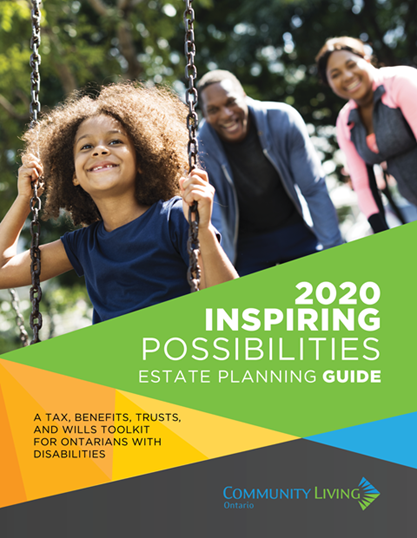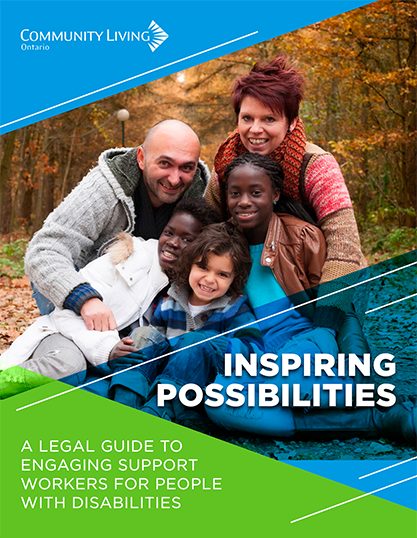On June 26, 2023 the Ontario Government released an update on COVID-19 guidance for Public Health Units which includes Long-Term care homes, Retirement Homes, and Other Congregate Living Settings, which includes supported group living residences and intensive support residences. In the update, Ontario modified its previous guidance from March 2023 (see PooranLaw’s April 6, 2023 blog post:COVID-19 Guidance Updates and Government Vaccination Recommendations).
New Masking Guidance
Previous guidance included an MOH recommendation for continued universal masking for staff in congregate living settings at all times.
In the updated guidance, the universal masking recommendation has been removed and replaced with the following:
-
-
- The MOH recommends that staff consider masking for source control during prolonged direct care indoors and outdoors (direct care is defined as less than 2 metres for greater than 15 minutes).
- Visitors and caregivers are only recommended, but not required, to wear a mask indoors when visiting settings that are not in outbreak.
- During periods of outbreak the previous guidance still applies and it is recommended that proper PPE (including masks) be employed when working with or visiting COVID-19 patients or residents.
-
Case Management
There are also some other updates on COVID-19 management in the public health units, including:
-
-
- Added clarity on visitor restrictions after a visitor tests positive or is symptomatic.
- Added information on staff returning to work if staff tests positive or is symptomatic.
- Revised resident isolation requirements (i.e., for residents able to mask vs. residents unable to mask).
- Additional recommendations for proactively assessing residents for COVID-19 therapeutics before any potential infections.
-
Importantly, in this update, the government noted that the newly updated guidance should only be followed during periods of non-high-risk COVID-19 transmission.
High-risk periods are marked by outbreaks in health care facilities being frequent and ongoing and/or high or increasing rates of hospitalizations, ICU admissions or community transmission. During high-risk periods, the guidance refers to recommended minimum standards that are in line with the previous guidance (from March 2023). What this means, is that during periods of outbreak it is recommended that proper PPE is employed within the outbreak area or when working with or visiting COVID-19 positive patients or residents.
The Changing State of the Pandemic
As the severity of the COVID-19 pandemic continues to decrease, we expect to see regulations and requirements continue to be lifted by public health units.
The change in provincial guidelines around masking is an example of continued steps in this direction.
PooranLaw will continue to monitor the ongoing legal developments and updates to the ministry guidelines and their impact on the DS sector. In the meantime, if you require legal assistance, we encourage you to reach out to your regular PooranLaw lawyer, or any member of our team.
Note: This article provides general information only and does not constitute, and should not be relied upon as, legal advice or opinion. PooranLaw Professional Corporation holds the copyright to this article and its contents may not be copied or reproduced in any form, in whole or in part, without the express permission of PooranLaw Professional Corporation.







